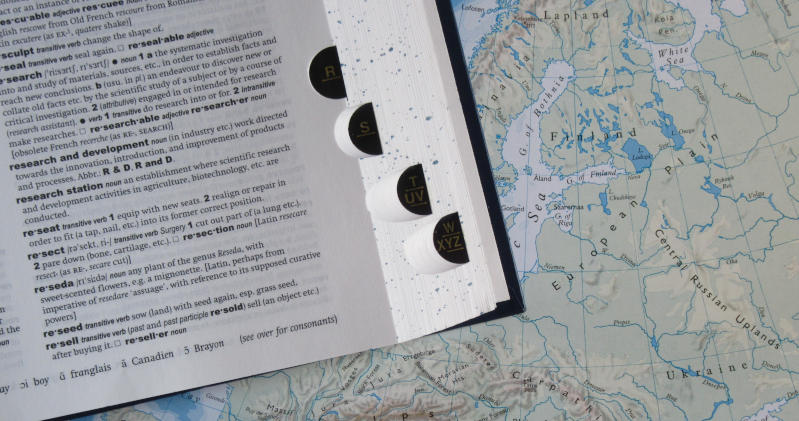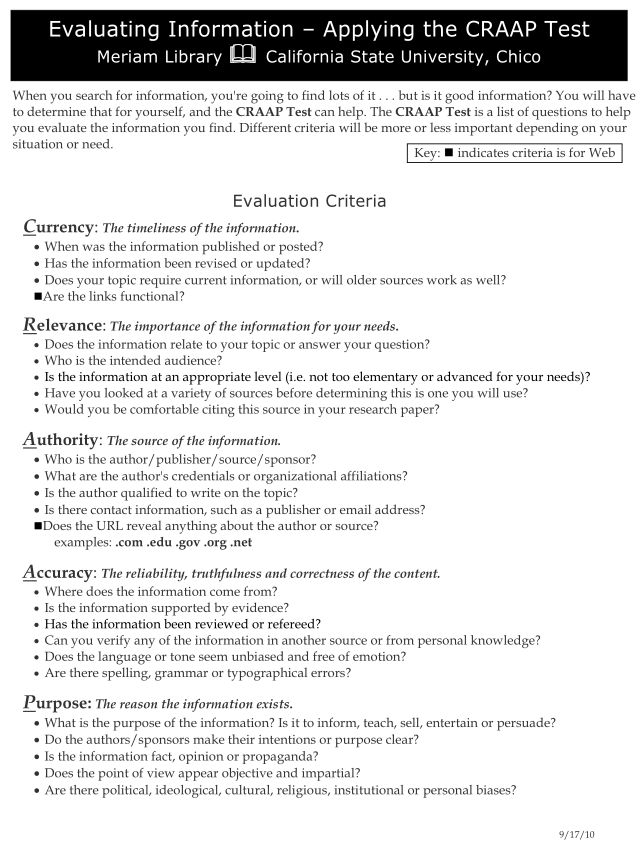Academic Research Sources

Alphonse Morales Books on Bookshelf, Unsplash
Finding the best sources for your research paper can cause a good deal of anxiety for students who are new to academic paper writing. Here are some pointers to help you stop procrastinating and get started.
Types of Sources
Sometimes your professor requests certain types of sources, and other times your subject will determine the best kind of sources to incorporate into your paper.
There are 3 basic source types (Piper, 2017):
- Primary – a first-person account by someone who witnessed or experienced an event.
- Examples: diaries, letters, speeches, lab reports, patents, original works of art, photographs, academic studies
- Secondary – an interpretation or analysis of a primary source.
- Examples: textbooks, biographies, reviews
- Tertiary – collections of information based on primary and secondary works.
- Examples: textbooks, atlases, dictionaries, encyclopedias, bibliographies, manuals, guidebooks, grey literature
Yes, textbooks can be secondary or tertiary sources. What constitutes a primary, secondary, or tertiary source can vary depending on your field of study.
Grey Literature
What is grey literature? Grey literature is government, academic, or business material that is not published or published non-commercially. It can contain niche information important to your thesis, but overlooked by commercial publishers (Royal Roads University, 2020). Click here for more about grey literature https://libguides.royalroads.ca/greylit/what
If you are confused, ask your librarian or professor for some clarification.
TIP: If you are at the beginning your research and trying to get your head around a topic, tertiary sources are a great place to start.

Primary Source
Credibility & Authority
You have likely been told to use academic and peer reviewed sources in your paper. This is another way of saying that your paper must have credible and authoritative sources. How do you know if a source is credible? There are a few ways to assess credibility in your sources (SAIT, n.d.). You will get better at this with experience, but here are some pointers for beginners:
- Check facts in multiple sources. If the information is the same across several sources with different authors, it is likely reliable. Sometimes through comparison you will learn that one source cherry-picked information in order to present a biased account.
TIP: If information is limited, or bias is present in a source, that doesn’t mean you cannot use it in your paper. Just be sure to explain the gaps or bias in your writing and why the source is still relevant to the point you are making.
- Check dates on your sources. An article dated in the 1980’s may have some relevant information on the Cold War but is likely not helpful to you if you are writing about the latest in astrophysics research.
TIP: You can set date filters when searching your library catalogue, so you don’t have to assess the date of each source in your results list.
- Avoid social media posts (Piper, 2017). It can be difficult or impossible to determine the original author and source of the information.
- Use peer-reviewed articles (found in academic journals in your library’s databases). Someone else has already done the fact-checking for you.
- Be careful regarding your online sources. Blogs may or may not be credible. If you find a TED Talk you like, for example, Google the speaker to learn more about their work and area of expertise.
TIP: Your library may have some recommended websites that you can investigate. Ask!
- Think about the appearance of a website. Is it disorganized or crowded with ads? Is it riddled with typos and grammatical errors? Does it have a bibliography? If someone can’t spell (or spell-check) and doesn’t cite their sources, this detracts from their credibility.
- Use the end of a URL as guidance (De Castro, 2020). A very common URL ending is .com, but prevalence does not guarantee of credibility. Following are some examples of websites that tend to have more authoritative information:
- .gov – government (U.S.A.)
- .gc.ca – government (Canada)
- .edu – universities and colleges
- Don’t cite fiction (Piper, 2017), unless that is the topic of your paper. You want to make your point with evidence, not storytelling.
TIP: Use the CRAAP test for source evaluation:

(Meriam Library, 2019) PDF Download
Mastering the research process takes practice and experience. Determining the correct source types, as well as credibility and authority will give you the foundation for a successful research paper.
Recommended Resources
- Horkoff, T. (n.d.). Writing for Success 1st Canadian Edition. BC Campus OpenED. Retrieved from https://opentextbc.ca/writingforsuccess/front-matter/preface/
- Krause, S. D. (2007). The Process of Research Writing. Open Textbook Library. Retrieved from https://open.umn.edu/opentextbooks/textbooks/the-process-of-research-writing
- Piper, J. E. (2017). The High School Student’s Guide to Research Papers : 101 Ways to Make Your Work Stand Out. Atlantic Publishing Group Inc.
References
- Meriam Library. (2019). Is This Source or Information Good? California State University, Chico. Retrieved from https://library.csuchico.edu/help/source-or-information-good
- Morales, A. (Photographer). (n.d.). Books on Bookshelf [photograph]. Catalonia, Spain: Unsplash. Retrieved from https://unsplash.com/photos/YLSwjSy7stw
- Piper, J. E. (2017). The High School Student’s Guide to Research Papers : 101 Ways to Make Your Work Stand Out. Atlantic Publishing Group Inc.
- Royal Roads University. (2020, June 12). Grey literature: What is it? Retrieved from https://libguides.royalroads.ca/greylit
- Southern Alberta Institute of Technology (n.d.). Module 3: Categories of Reference Tools and Evaluation [PowerPoint slides]. Brightspace.